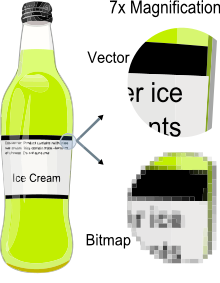 Vista System, the pioneer of MCFT (Modular Curved Frame Technology) wayfinding technology, recently launched flat suspended signs to expand its already robust product portfolio. The suspended signs complement the wall signs, corner signs, table signs and directory signs which comprise the rest of the offering.
Vista System, the pioneer of MCFT (Modular Curved Frame Technology) wayfinding technology, recently launched flat suspended signs to expand its already robust product portfolio. The suspended signs complement the wall signs, corner signs, table signs and directory signs which comprise the rest of the offering.
Suspended signs, like their wayfinding counterparts, are used in a variety of ways. They are used for advertising purposes including new product promotion as well as branding. Suspended signs are also used in corridors or hallways as directional or wayfinding signs. Finally, they can be used as destination signs such as over an information booth or registration counter in a hotel, convention center, campus or similar venue.
Suspended signs are extremely advantageous where wall space is limited or non-existent. This also holds true for large passageways where flag signs or standing signs might not reach the intended audience.They are also used to mitigate or deter vandalism, acceptable ceiling height limits permitted of course.
Due to the nature of this type of sign the copy should be relatively static. For example, unlike wall or table signs where an employee nameplate can be easily accessed and replaced, the same may not necessarily apply to suspended signs. Although the Vista System line does allow you to replace an insert in minutes it doesn’t account for the time it takes to physically get to the sign!
The sign frames support a wide variety of substrates to match any decor. With custom sizes and colors available, Vista System can meet or exceed the most demanding wayfinding specifications.


